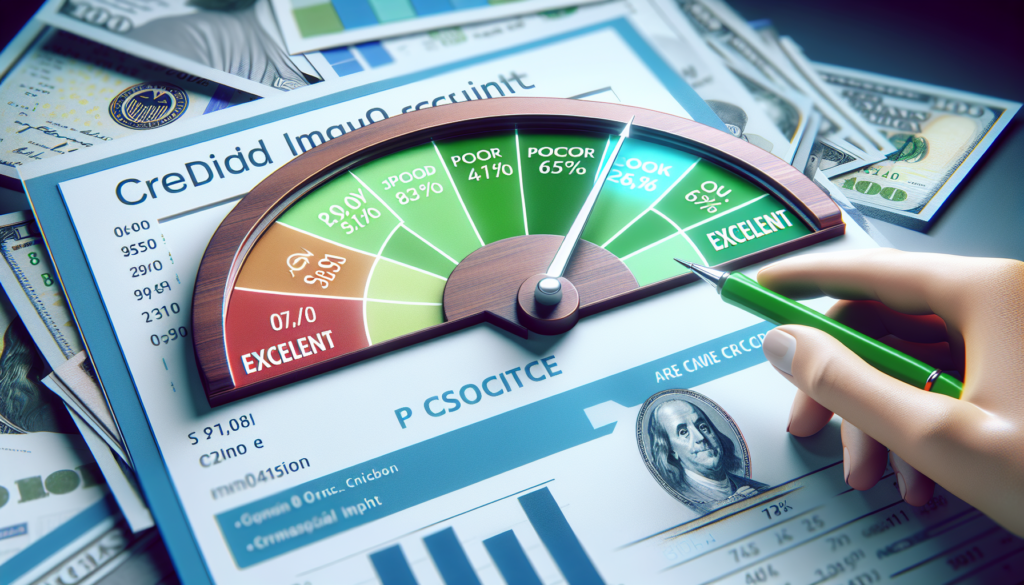The time it takes to rebuild credit after filing for bankruptcy varies depending on several factors, including the type of bankruptcy filed, the individual’s financial habits post-bankruptcy, and lenders’ willingness to extend credit. Here’s a general timeline and some strategies to expedite the credit rebuilding process:
-
Chapter 7 Bankruptcy:
- Credit Reporting: While Chapter 7 bankruptcy remains on your credit report for up to ten years, its impact diminishes over time, especially as you establish a positive credit history post-discharge.
- Rebuilding Timeline: After receiving a discharge in Chapter 7 bankruptcy, many individuals start to qualify for credit offers within one to two years. Initially, these offers may be limited to secured credit cards or loans with higher interest rates. However, as you demonstrate responsible credit management, you may qualify for unsecured credit cards and loans with more favorable terms.
-
Chapter 13 Bankruptcy:
- Credit Reporting: Chapter 13 bankruptcy typically remains on your credit report for seven years from the date of filing. While it may be less detrimental to your credit score compared to Chapter 7, its impact still requires diligent efforts to rebuild credit.
- Rebuilding Timeline: Individuals who complete their Chapter 13 repayment plan and receive a discharge may begin to qualify for credit offers sooner, often within one to three years post-discharge. Lenders may view Chapter 13 more favorably than Chapter 7 due to the structured repayment plan and commitment to debt repayment.
Additional Strategies to Rebuild Credit:
- Secured Credit Cards: Secured credit cards are an excellent tool for rebuilding credit after bankruptcy. By providing a security deposit, you can open a secured card with a predetermined credit limit. Responsible use, such as making small purchases and paying the balance in full each month, demonstrates creditworthiness to lenders.
- Credit-Builder Loans: Credit-builder loans, offered by some banks and credit unions, allow you to borrow a small amount of money, typically held in a savings account or certificate of deposit. As you make regular payments on the loan, the lender reports your positive payment history to the credit bureaus, helping rebuild your credit.
- Timely Payments: Consistently making timely payments on existing debts, such as rent, utilities, and student loans, is crucial for rebuilding credit. Payment history accounts for a significant portion of your credit score, so prioritizing on-time payments demonstrates responsible financial behavior to lenders.
- Budgeting and Financial Planning: Creating a budget and sticking to it is essential for managing finances effectively post-bankruptcy. By tracking income and expenses, you can identify areas where you can reduce spending and allocate funds toward debt repayment and savings goals.
- Regular Credit Monitoring: Monitoring your credit report regularly allows you to track your progress and identify any errors or discrepancies that may affect your credit score. You’re entitled to a free copy of your credit report from each of the three major credit bureaus annually through AnnualCreditReport.com.
- Patience and Persistence: Rebuilding credit after bankruptcy requires patience and persistence. While the process may seem daunting at first, consistent efforts to improve your financial habits and creditworthiness will eventually yield positive results. Celebrate small victories along the way, such as achieving a higher credit score or qualifying for better credit offers.
In summary, rebuilding credit after filing for bankruptcy takes time and effort, but with the right strategies and perseverance, you can improve your creditworthiness and achieve your financial goals. By responsibly managing credit, making timely payments, and practicing sound financial habits, you can rebuild your credit and regain financial stability post-bankruptcy.


Get a Free Bankruptcy Case Evaluation